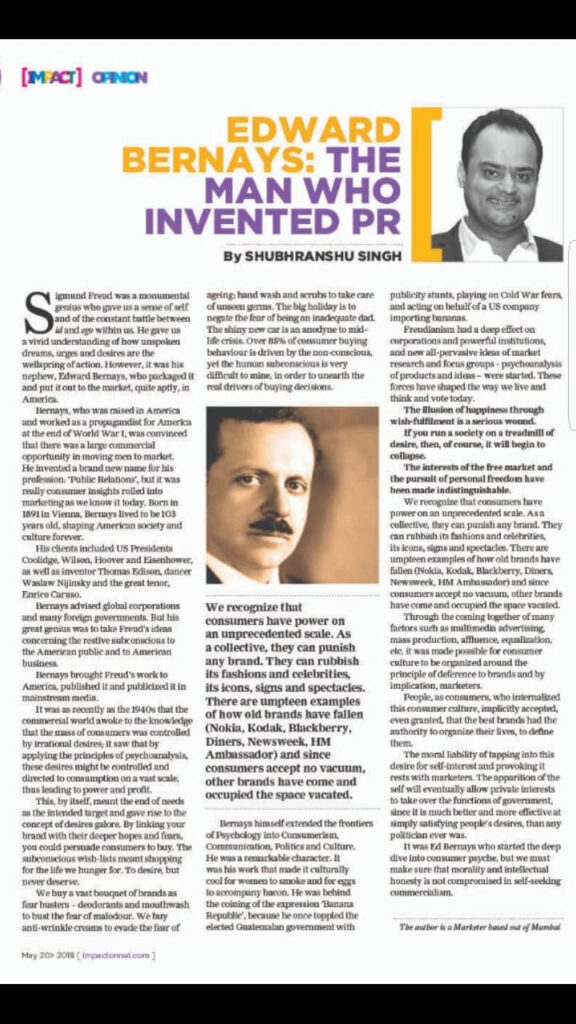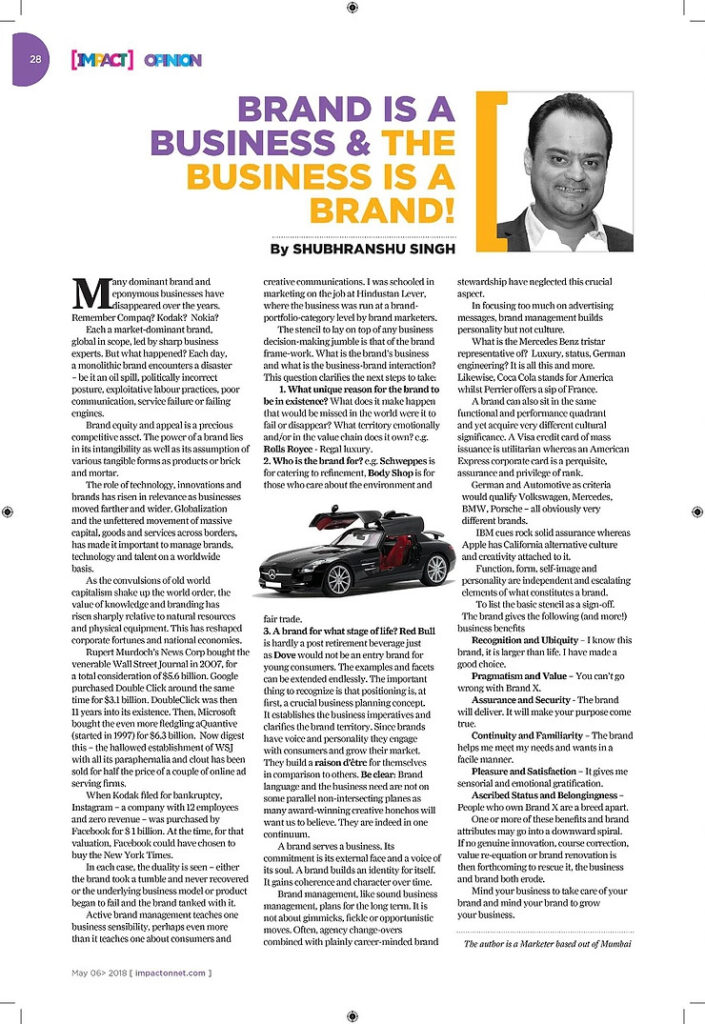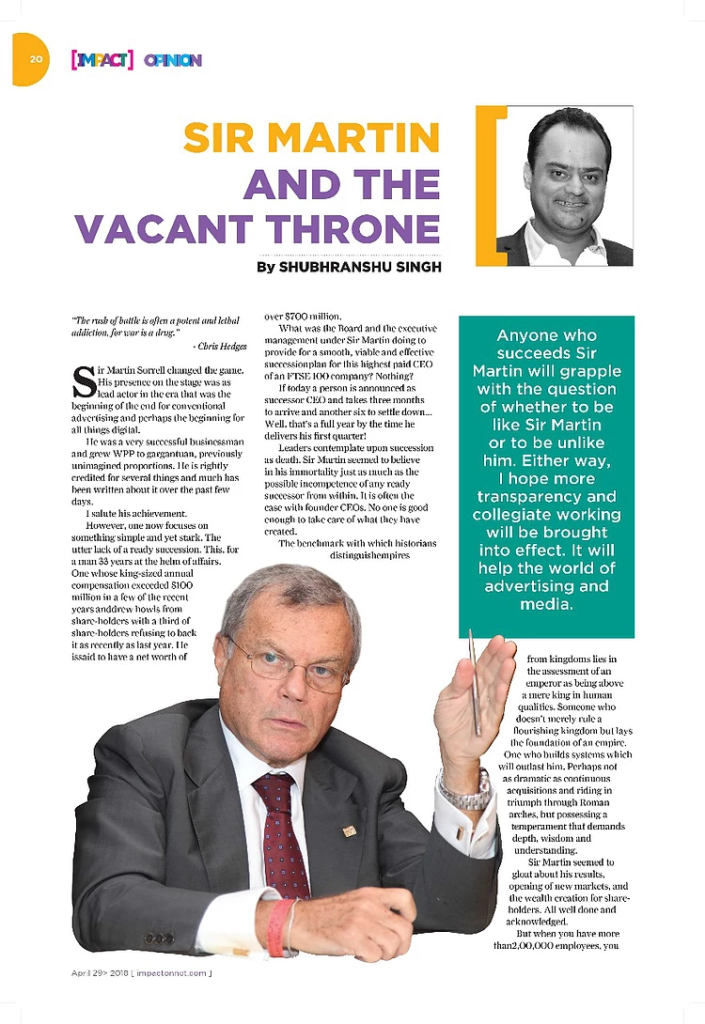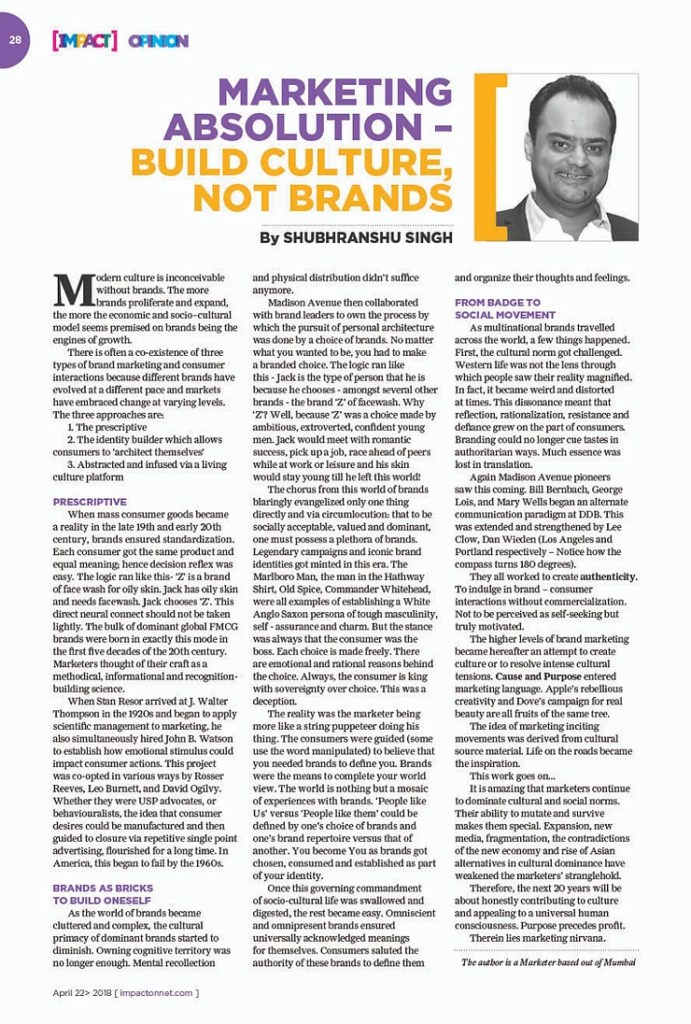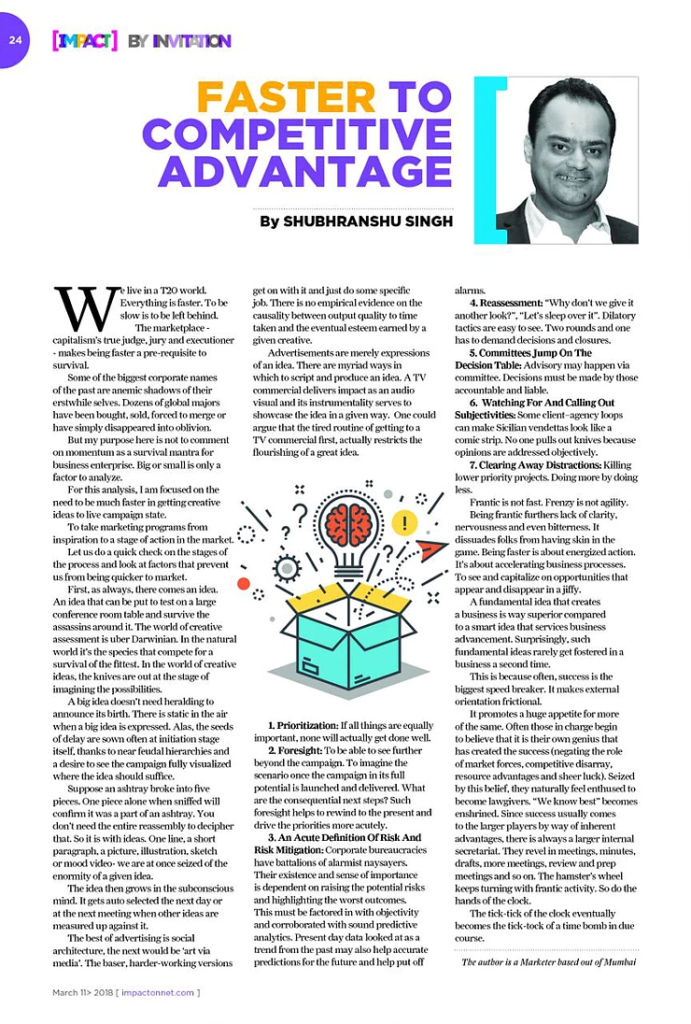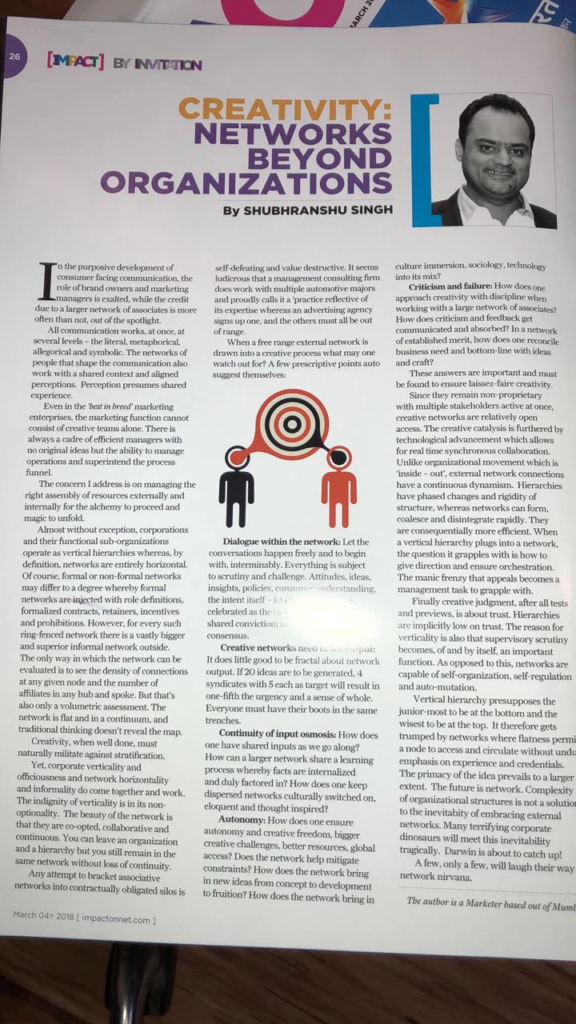Edward Bernays: The Man who Invented PR
Sigmund Freud was a monumental genius who gave us a sense of self and of the constant battle between id and ego that goes on within us . He gave us a vivid understanding of how the unspoken dreams, urges and desires are the wellspring of action. However it was his nephew, Edward Bernays, who packaged it and put it on to the market, quite aptly, in America. Bernays who was raised in America and worked as a propagandist for America at the end of WW I was convinced that there was a large commercial opportunity in moving men to market. He invented a brand new name for his profession: public relations but it was consumer insights rolled into marketing as we know it today. Born 1891 in Vienna, Bernays lived to be 103 shaping American society and culture forever. His clients included Presidents Coolidge, Wilson, Hoover and Eisenhower, as well as Inventor Thomas Edison, Dancer Waslaw Nijinsky and the great tenor Enrico Caruso. Bernays advised global corporations and many foreign governments. But his great genius was to take Freud’s ideas concerning the restive subconscious to the American public and to American business. Bernays brought Freud’s work to America, published it and publicized it in mainstream media. It was as recently as the 1940s that the commercial world awoke to the knowledge that the mass of consumers was controlled by irrational desires; it saw that by applying the principles of psychoanalysis, these desires might be controlled and directed to consumption on a vast scale, thus leading to power and profit. This , by itself, meant the end of needs as the intended target and gave rise to the concept of desires galore. By linking your brand with their deeper hopes and fears, you could persuade consumers to buy. The subconscious wish-lists, meant shopping for the life we hunger for. To desire but never deserve. [siteorigin_widget class=”SiteOrigin_Widget_Image_Widget”][/siteorigin_widget] We buy a vast bouquet of brands as fear busters – deodorants and mouthwash to bust the fear of malodour. We buy anti-wrinkle cream to evade the fear of ageing, handwash and rubs to take care of unseen germs. The big holiday is to negate the fear of being an inadequate dad. The shiny new car is an anodyne to mid-life crisis. Over 85% of consumer buying behaviour is driven by the non-conscious but the human subconscious is very difficult to mine to unearth the real drivers of buying decisions. Bernays himself extended the frontiers of Psychology into consumerism, communication, politics and culture. He was a remarkable character. It was his work that made it culturally cool for women to smoke and for eggs to accompany bacon. He was behind coining of the expression banana republic because he once toppled the elected Guatemalan government with publicity stunts, playing on Cold War fears, and acting on behalf of a US company importing bananas. Freudianism, had a deep effect on corporations and powerful institutions, and new all-pervasive ideas of market research and focus groups – psychoanalysis of products and ideas – were begun. These forces have shaped the way we live and think and vote today. The elusion of happiness through wish-fulfilment is a serious wound. If you run a society on a treadmill of desire, then, of course, it will begin to collapse. The interests of the free market and the pursuit of personal freedom have been made indistinguishable. We recognize that consumers have power on an unprecedented scale. As a collective, they can punish any brand. They can rubbish its fashions and celebrities, its icons, signs and spectacles. There are umpteen examples of how old brands have fallen (Nokia, Kodak, Blackberry, Diners, Newsweek,HM Ambassador) and since consumers accept no vacuum, other brands have come and occupied the space vacated. Through the coming together of many factors such as multi media advertising, mass production, affluence, equalization etc. it was made possible for consumer culture to be organized around the principle of deference to brands and by implication, marketers. People, as consumers, who internalized this consumer culture implicitly accepted, even granted that the best brands had the authority to organize their lives, to define them. The moral liability of tapping into this desire for self-interest and provoking it rests with marketers. The apparition of the Self will eventually allow private interests to take over the functions of government, since it is much better, more effective, at simply satisfying people’s desires than any politician ever was. It was Ed Bernays who started the deep dive into cosumer psyche, but we must make sure that morality and intellectual honesty is not compromised in self seeking commercialism.

